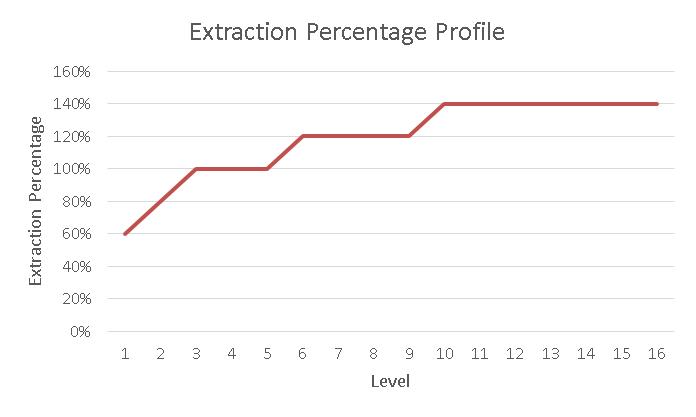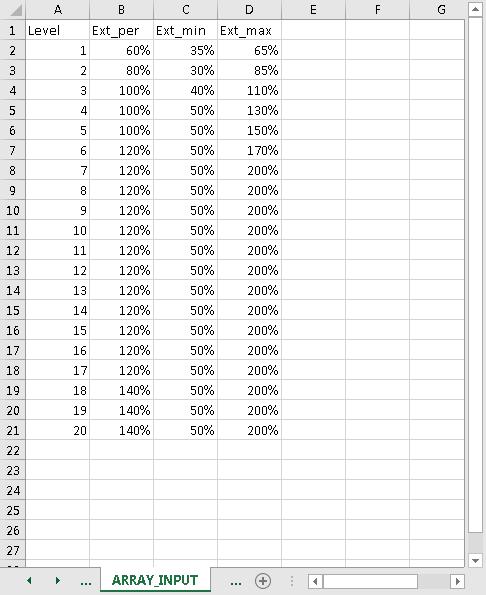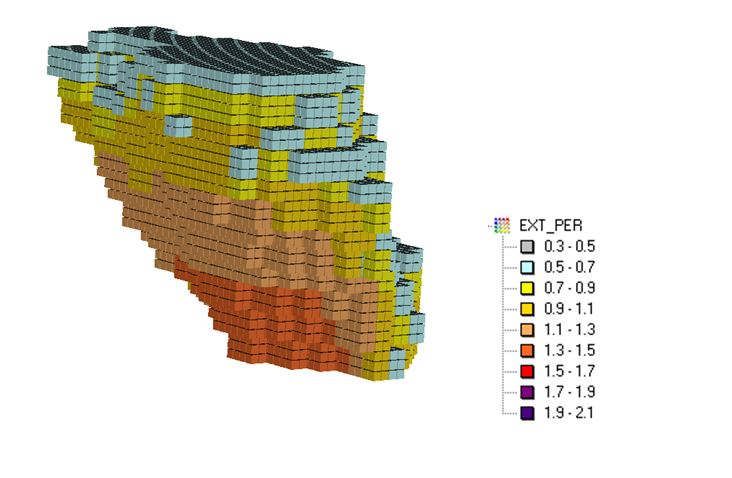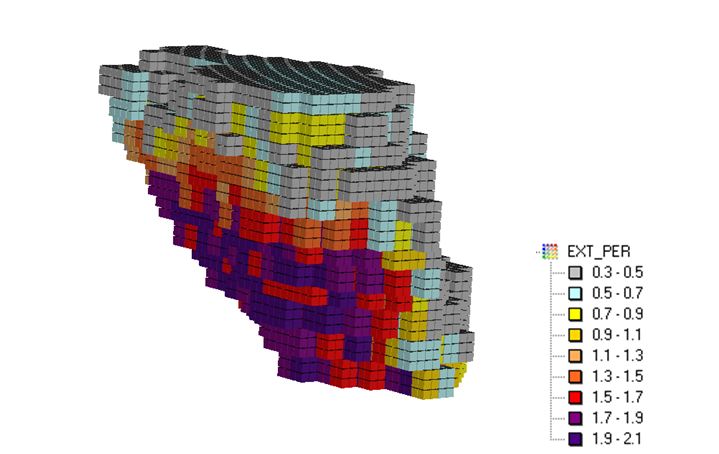In today’s tip, we’ll be discussing how to easily use the Footprint Finder for Sub-Level Caving (FFSLC) to optimize extraction percentage. This is a follow up from my previous post, Introducing Footprint Finder for Sub-Level Caving. The Footprint Finder for Sub-Level Caving has been released earlier this year, and has been built to quickly and efficiently evaluate Sub-Level Caving scenarios.
The Extraction Percentage is the amount of tons extracted from each ring or level. The percentage is calculated by dividing the extracted tonnage by the insitu tonnage. Typically, Sub- Level Caves will employ a specific extraction percentage profile, which sees lower extraction percentages on the top of the SLC and higher extraction percentages at the bottom SLC.

Now using the FFSLC, we’re able to determine the optimal value each ring/block based on the value of the material above, and not based off a pre-determined extraction profile. This exciting new function can increase the overall profitability of a project by maximizing ore recovery and reducing unnecessary dilution.
Once the Footprint Finder for SLC has been setup, running the optimization takes only a few simple steps. First, in the FFSLC excel file, a tab called ARRAY_INPUT is required. This gives a base Extraction Profile (Column B) and must have minimums and maximums (Column C & D) for the program to optimize within.

Next within the FFSLC advanced profile, the keyword NITER is required to be greater than one. This keyword determines the number of iterations the optimization simulates. The higher the number of iterations, the more optimized the solution will be.

After running the Footprint Finder for SLC, results from the optimization can be saved back to the block model, which can then be used to update rings with the optimized extraction percentages for more refined modelling within PCSLC. Below are images of the block model before and after the percent extraction optimization.
Before:

After:

In the example shown above, the optimized SLC increased in value by nearly 6.0%, while also increasing the average gold and copper grade by 4.64% and 1.68% respectively. This new and exciting application should be in the toolbox of every engineer. From prefeasibility to operational sub-level caves, the opportunity to optimize your draw strategy should be invaluable to every SLC.


